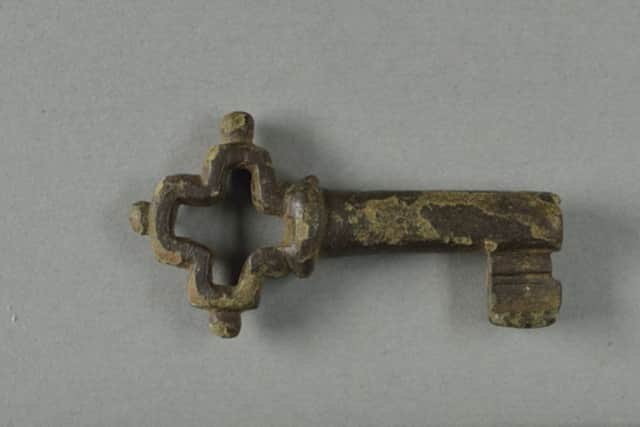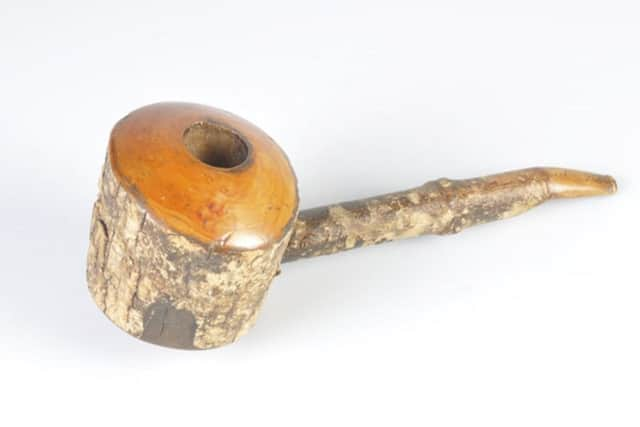Mysterious 700-year-old key goes on show for first time
Arbuthnot Museum in Peterhead is celebrating its landmark year with an exhibition of recent acquisitions made in both the North East and further afield.
The rare copper alloy key was found by a metal detectorist in Macduff.


Advertisement
Hide AdDating from the 13th to 15th Centuries, its hollow shank suggests it may have been used as a casket key.
Fiona Slattery Clark, museums development co-ordinator at Aberdeenshire Museums, said: “During the medieval era, caskets were used for keeping important documents.
“The decoration on this key indicates that it was likely made for an ornate casket. It is evidence of the wealth of some people living in the Macduff area between 700 and 900 years ago.”


A wooden pipe belonging to John Brown, the devoted servant to Queen Victoria, was gifted to the museum by its owner in New Zealand with the simple object considered an object of national significance given its links to the monarch and Balmoral Castle.
A posy ring found in Aberdeenshire in Inverbervie, Aberdeenshire, is also among the latest additions to the museum collection.
Thought to date to around the 17th Century, it is engraved with the words ‘let love abyd till death diuyd’.
Advertisement
Hide AdMs Slattery Clark added: This sentiment communicates a secret message of love and lifelong commitment between husband and wife. The style of lettering suggests that this posy ring was made between 400 and 500 years ago.”


The Arbuthnot Museum is named after its founder, Adam Arbuthnot (1773-1850), who was born and bred in Peterhead and from a prominent family of landowners and merchants.
Advertisement
Hide AdWhen he retired from the family’s merchant business about 1820, he devoted his leisure to creating a collection of antiquities, coins and natural history with a museum to house his collection opening in 1892.
Councillor Anne Stirling, Chair of the Council’s Communities Committee at Aberdeenshire Council, said: “It is marvelous to have this opportunity to celebrate the rich cultural heritage of the North-east.
“The exhibits on display all provide a strong sense of place, celebrating Aberdeenshire’s people, our farming, fishing, whaling, archaeology and architecture.
“This is the first time that many of the objects have been on show and it’s a really exciting time for us.”
